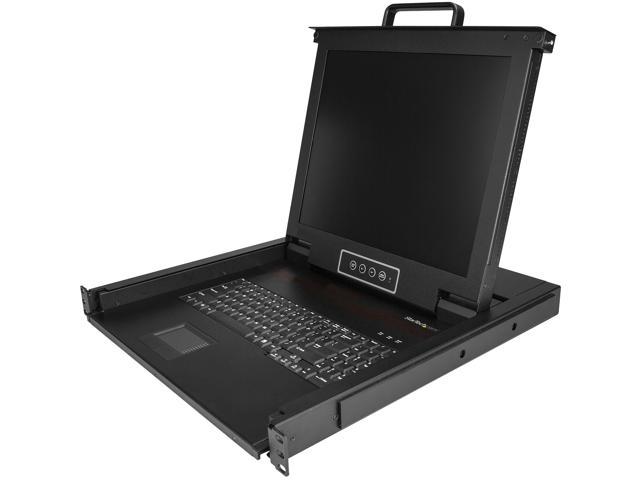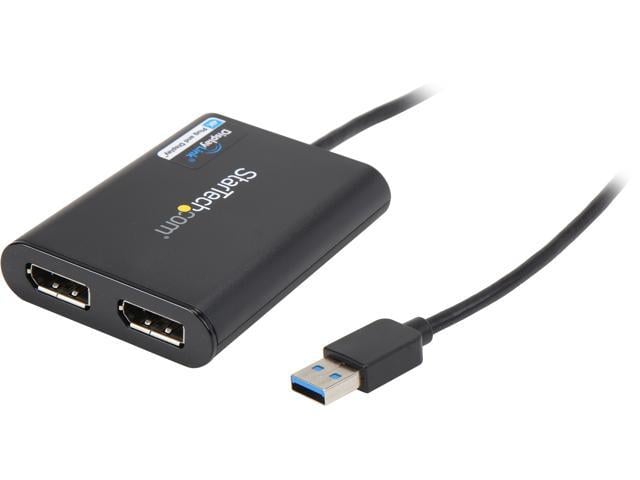Drawing from her experience as an educational psychologist, and special education teacher, Glynis Hannell offers guidelines to help teachers quickly recognize and categorize the specific characteristics of developmental disorders, autism spectrum disorders, emotional-behavioural disorders, specific learning disorders, sensory impairments and other forms of special need.
The practical checklists and resources in this fully revised new edition help both classroom and specialist teachers to
''
- Screen any student for possible special needs
- Understand the causes and characteristics of various types of special needs
- Request and prepare for an intervention or IEP team meeting
- Link classroom observations to diagnostic criteria used by specialists
- Create accurate and comprehensive profiles for individual students
- Record each student''s unique pattern of development within a special needs ''label''
- Quickly record important information and avoid writing time-consuming reports
- Coordinate information from several teachers or professionals
- Monitor progress and track significant changes over time
- Involve parents in observing and discussing their child''s pattern of strengths and challenges
- Plan effective, inclusive intervention in the classroom setting
- Follow up with recommended further reading, websites and professional references
''
Recognising special needs and identifying each student''s unique profile of positive attributes and difficulties enables teachers and other educational professionals to ensure thatall''their students receive the support they need to succeed.















